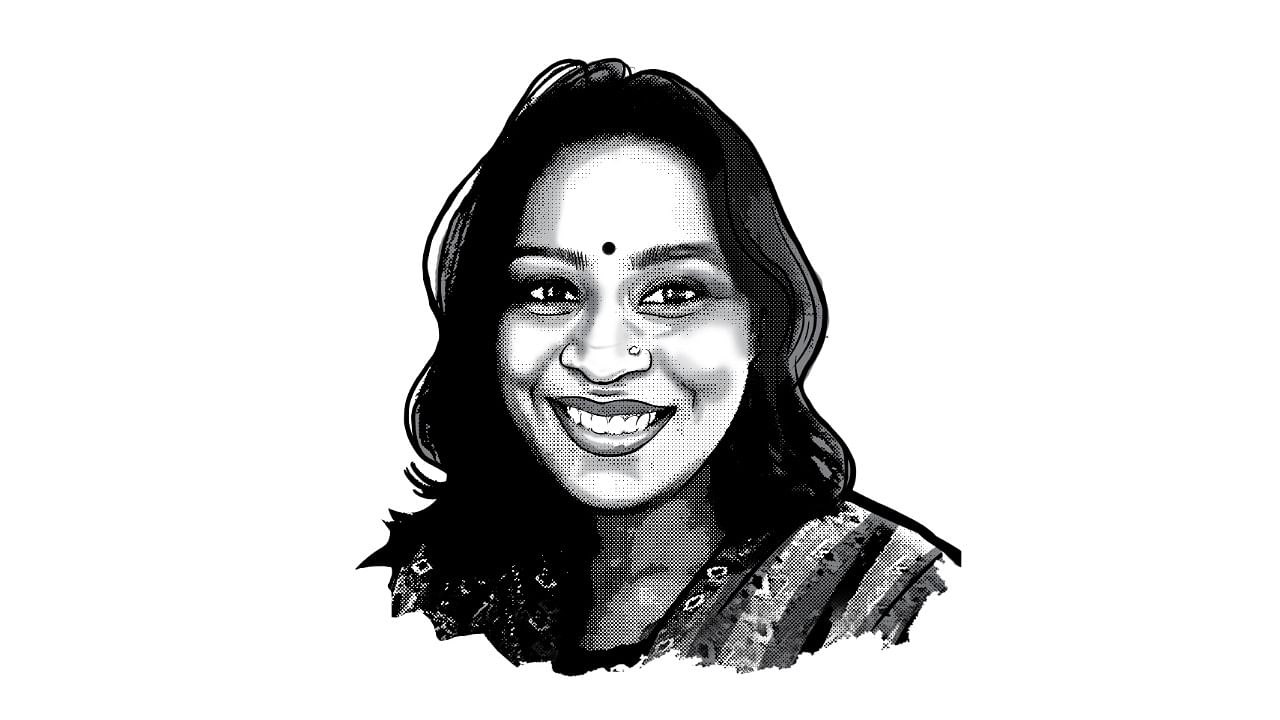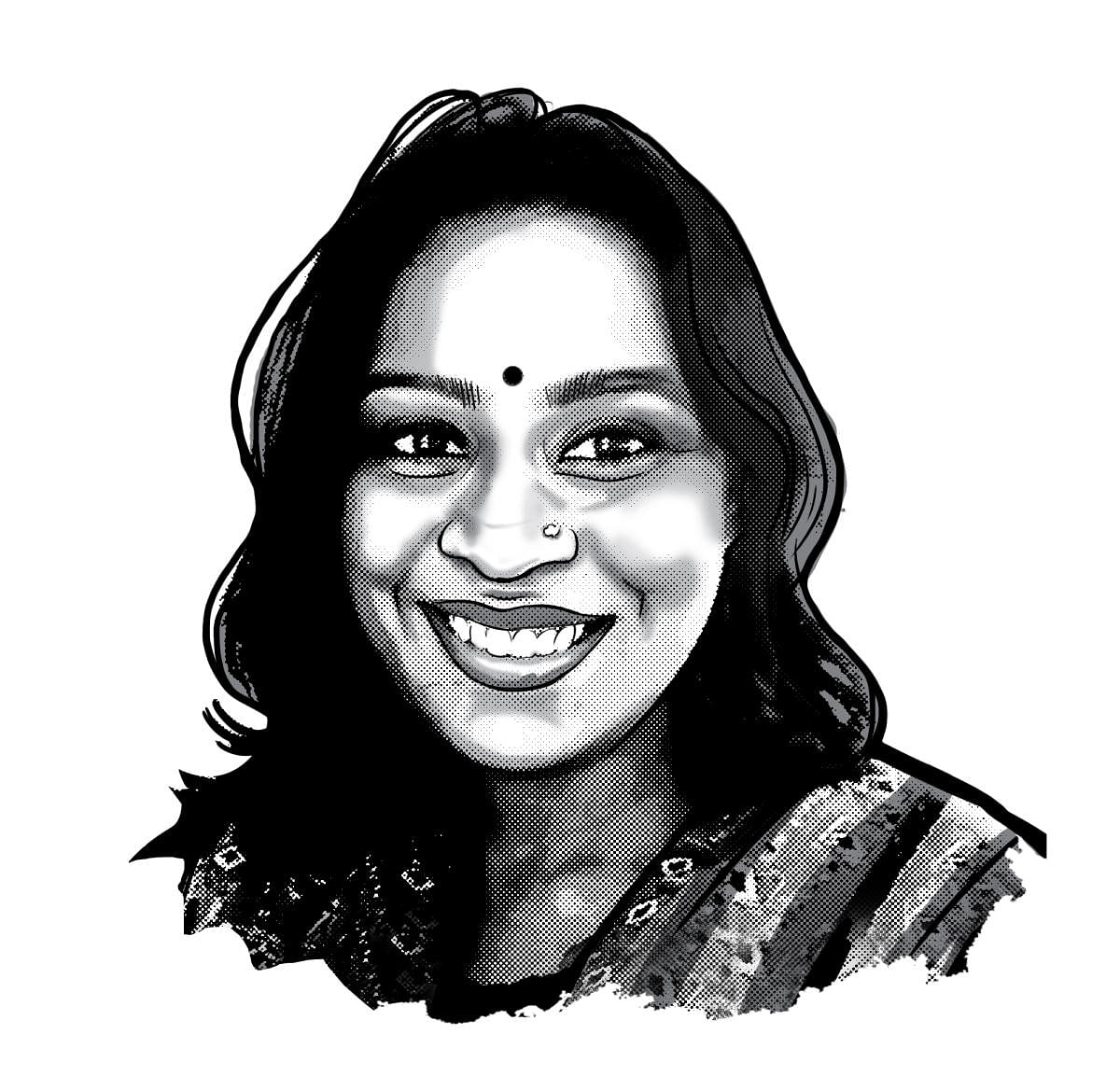
A photograph containing your 16-year-old self in the company of school friends surfaces on a WhatsApp group. The group is a close-knit one, consisting of a handful of school friends; the photo, a tribute to a bond rediscovered, is a marker of ‘Friendship Day’ this year.
It’s a stand-alone ‘snap’ (not one of a multitude of ‘pics/pix’ stowed away on devices), and clicked in that old world institution called the photo studio at the end of the school ‘Farewell Day’ function. We’re all dressed in sarees and most had paired it with long-sleeved blouses that were a rage in the late 1990s. The picture is faded but still fresh enough to capture a fragment of time — a moment, as it were, when the girls in it are about to become young women.
The photo generates a ripple of excitement through the group. It was guaranteed to. After all, the 11 of us look unbelievably young and touched by a kind of naive belief in something (God only knows what) that makes older eyes go fuzzy with warmth. A close friend intervenes to make a tongue-in-cheek comment about how “sundar aur sushil” we look in our first saree outings. Her subtle sarcasm about societal expectations from young women generates much amusement. The nostalgic banter carries on for a while. But once the cheering and exclamations subside, I find I am not all that sanguine about the day’s find. In fact, I feel disoriented.
It’s not that the photo is not charming or that it has dredged up uncomfortable memories, but simply that I’m struggling to connect with the young woman from all those years ago who is me.
It bothers me enough to privately message the close friend and confess that I feel as though the young person in the photo is someone else. I’m surprised when she responds that she, too, feels “strange” about her younger self, maybe not in that particular photo, but at other points in her life.
We soon find ourselves immersed in a conversation that is only possible when two people have known each other for much of their lives. That is, we may not know the nitty-gritty of each other’s existence, but can instinctively sense what is happening in the other’s mind. For me, there is but one subtext to all the details that crowd the memories of those years — what to make of the fact that the young women we were then are lost to us now?
My friend had words for that experience that felt like the best way to bring together the people we had been and those we had become. For her, that loss of connection was a pointer to the work we needed to keep doing to understand our past and present selves better. That was the only way to make sense of the process of change that never really stops.
Her words pointed to something that often hides in plain sight — that change happens not just to our physical selves and circumstances but also to the people we think we are. There is nothing permanent or fixed about the ‘me’ we identify with, no matter how solid and perpetual it seems to us or how real its experiences in the present moment. It’s probably a thing in flow rather than something static.
We may need to make our compact with this fact, hard as it might seem at times. For if we don’t, we could end up rejecting the past or clinging to it, both of which prevent us from dealing with situations as they exist now. This understanding might also free us to accept the people we were once — lost and difficult 16-year-olds looking out from old photos, for instance — or the people we have become today at 40 or 70, far from perfect despite all that we know.
If we can take these steps towards ourselves in full knowledge of the impermanence of who we are, maybe we are finally ready to heed the messages coming our way. Messages that might lead us in odd moments to wonder whether we have indeed lost ourselves or found ourselves when we see that we are not the selves we’ve constructed in our minds but something entirely different — life beyond our imagination, our knowing and our unknowing.
